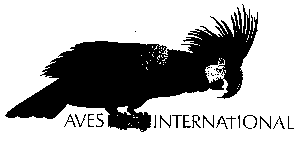 |
what to expect, dos and don'ts |
Main Page
Please read this as a guideline that we hope will be helpful to you.
 |
what to expect, dos and don'ts |
|
Bird-related book selections
from Aves International (in association with Amazon.com)! |
 |
We highly recommend the two books featured below! |
 Guide to a Well-Behaved Parrot, 2nd edition by Mattie Sue Athan and Michele Earle-Bridges Paperback - 143 pages (September 1999) Buy the Book Today! |
 Birds for Dummies by Gina Spadafori & Dr. Brian L. Speer Paperback - 332 pages (September 1999) Buy the Book Today! |